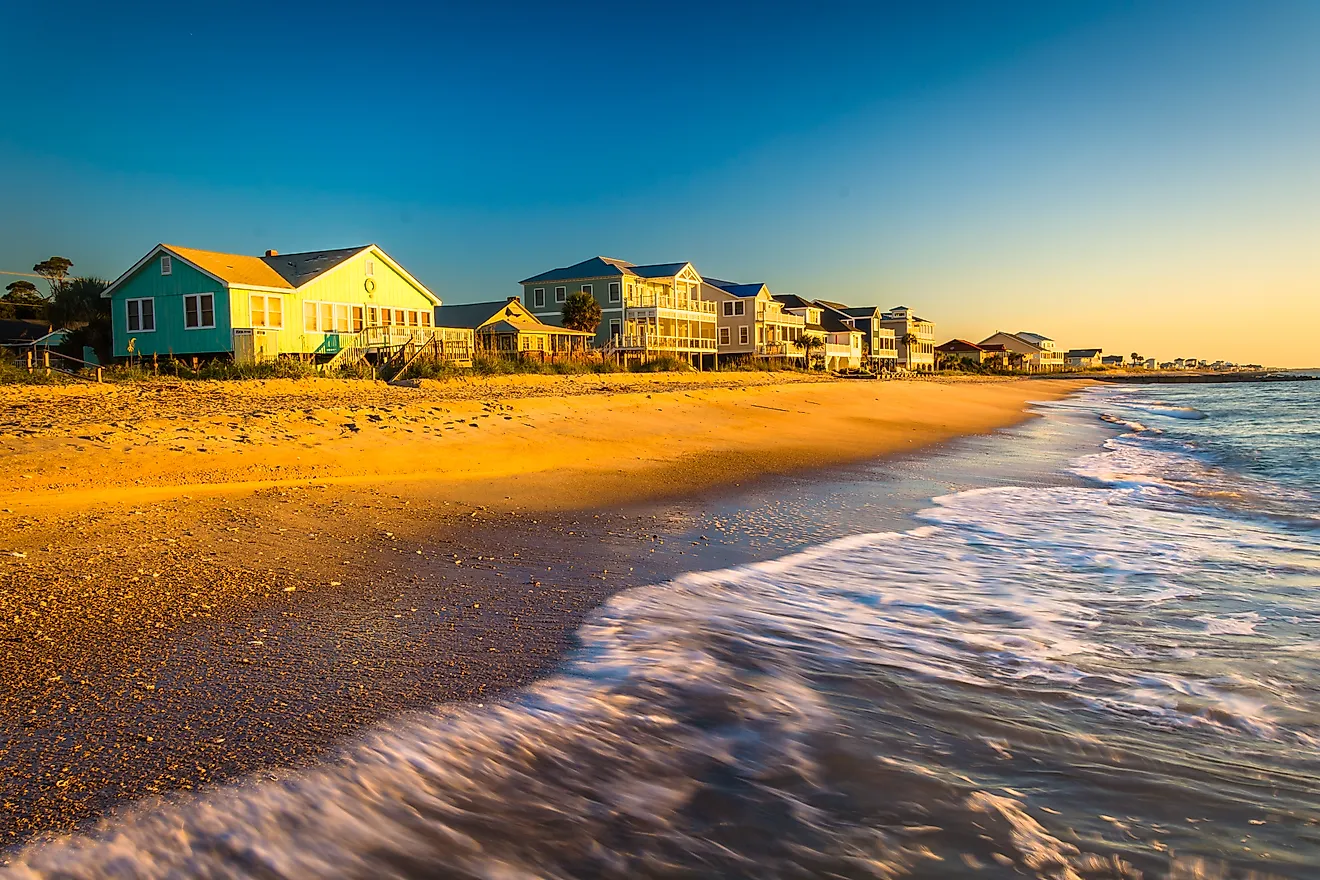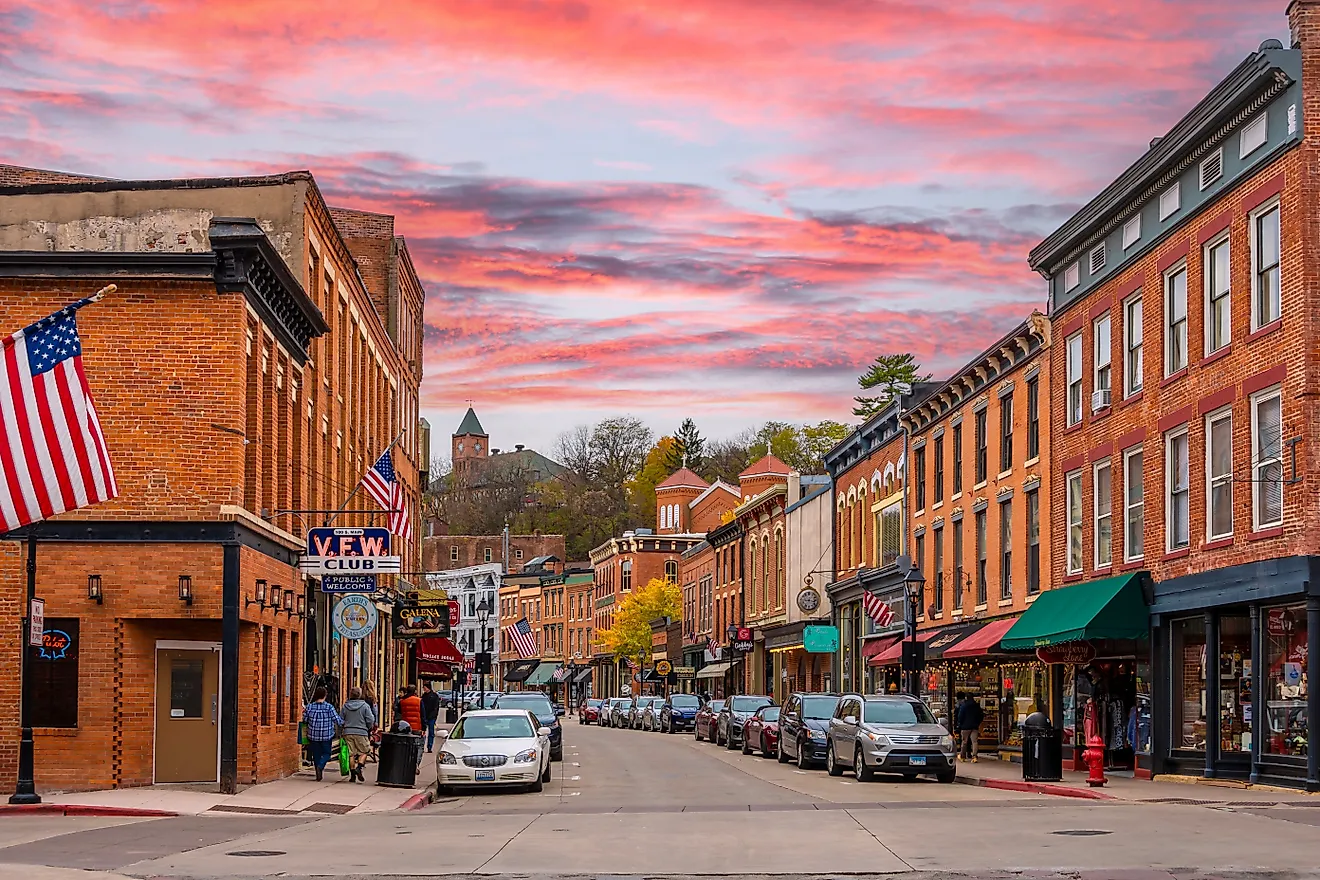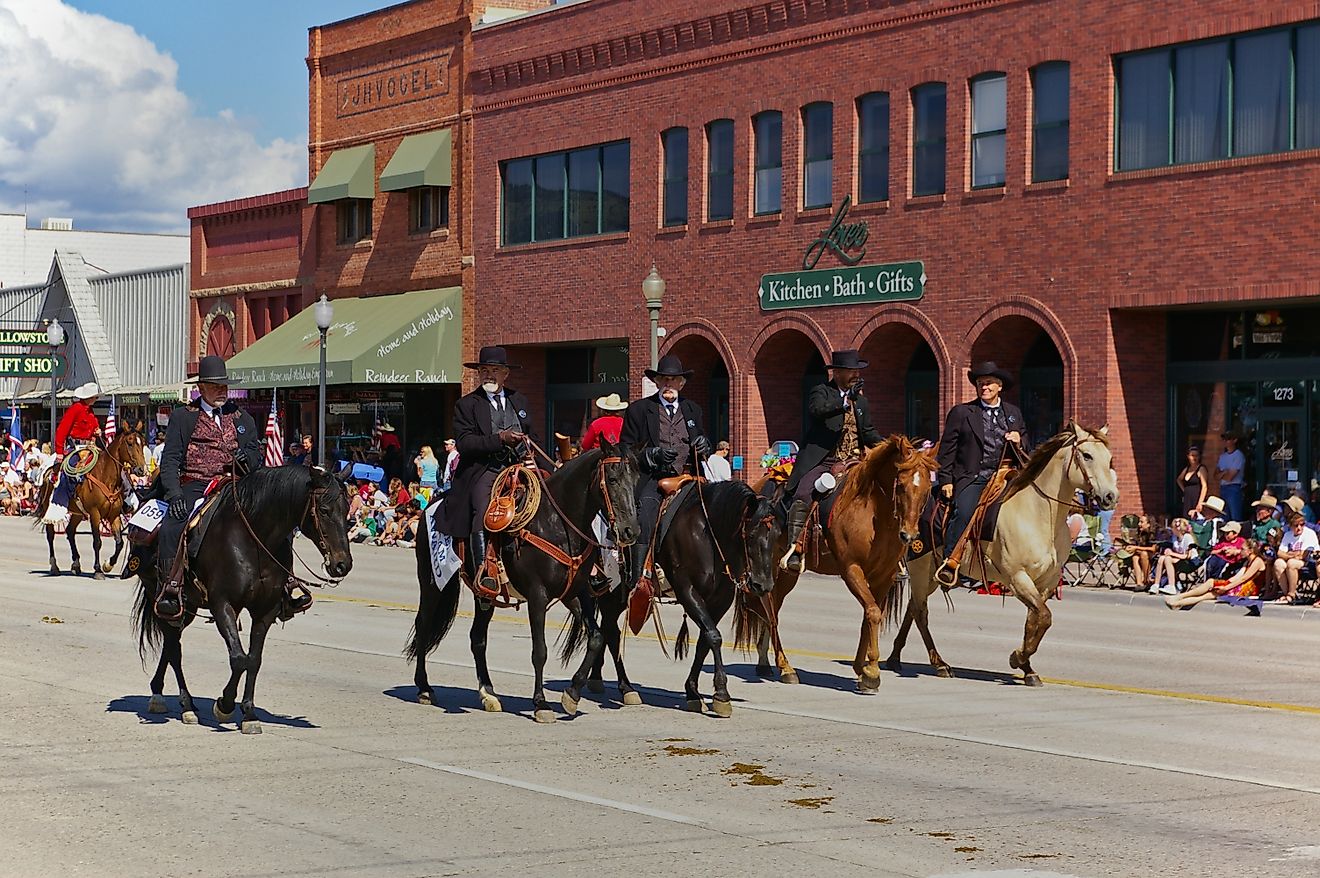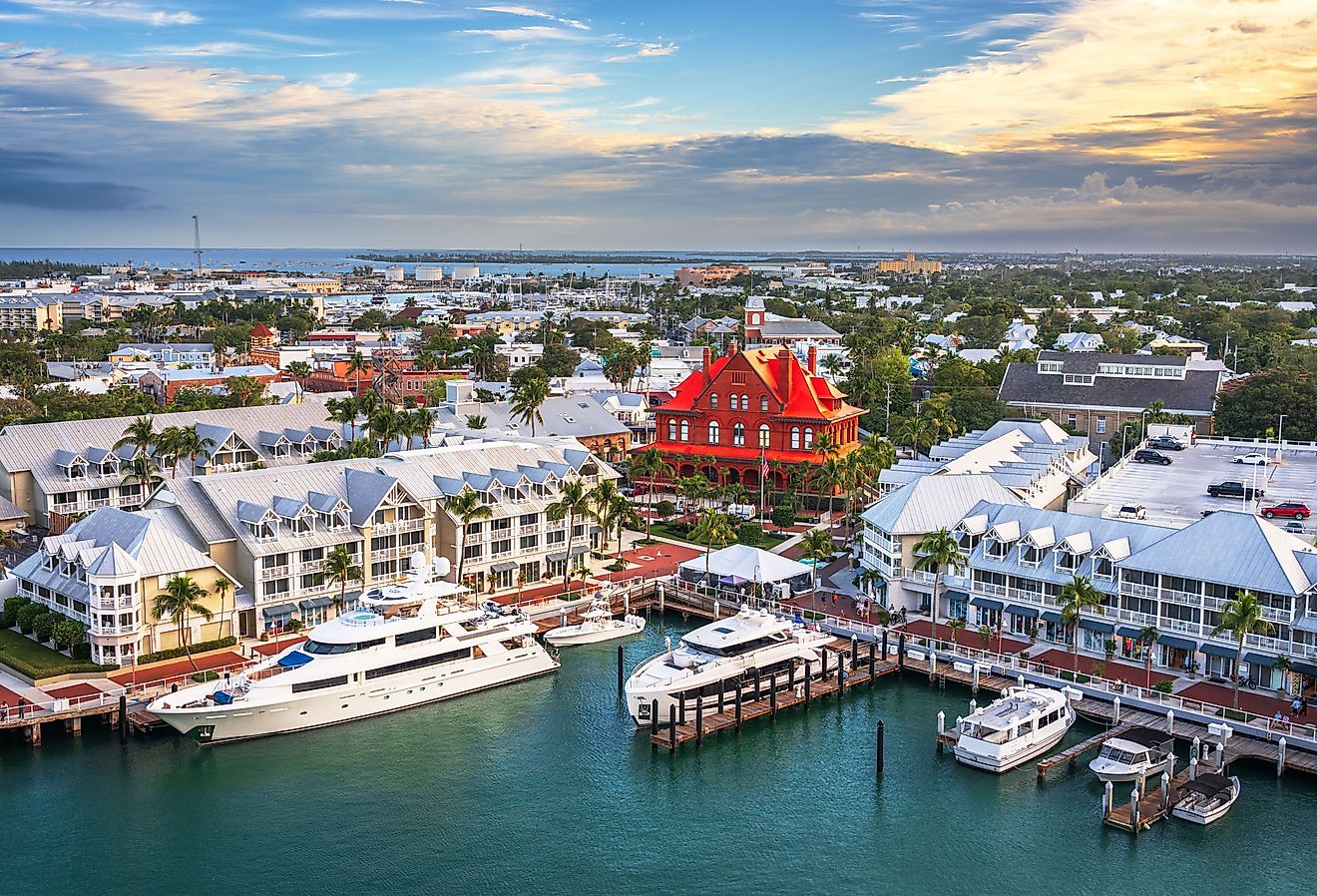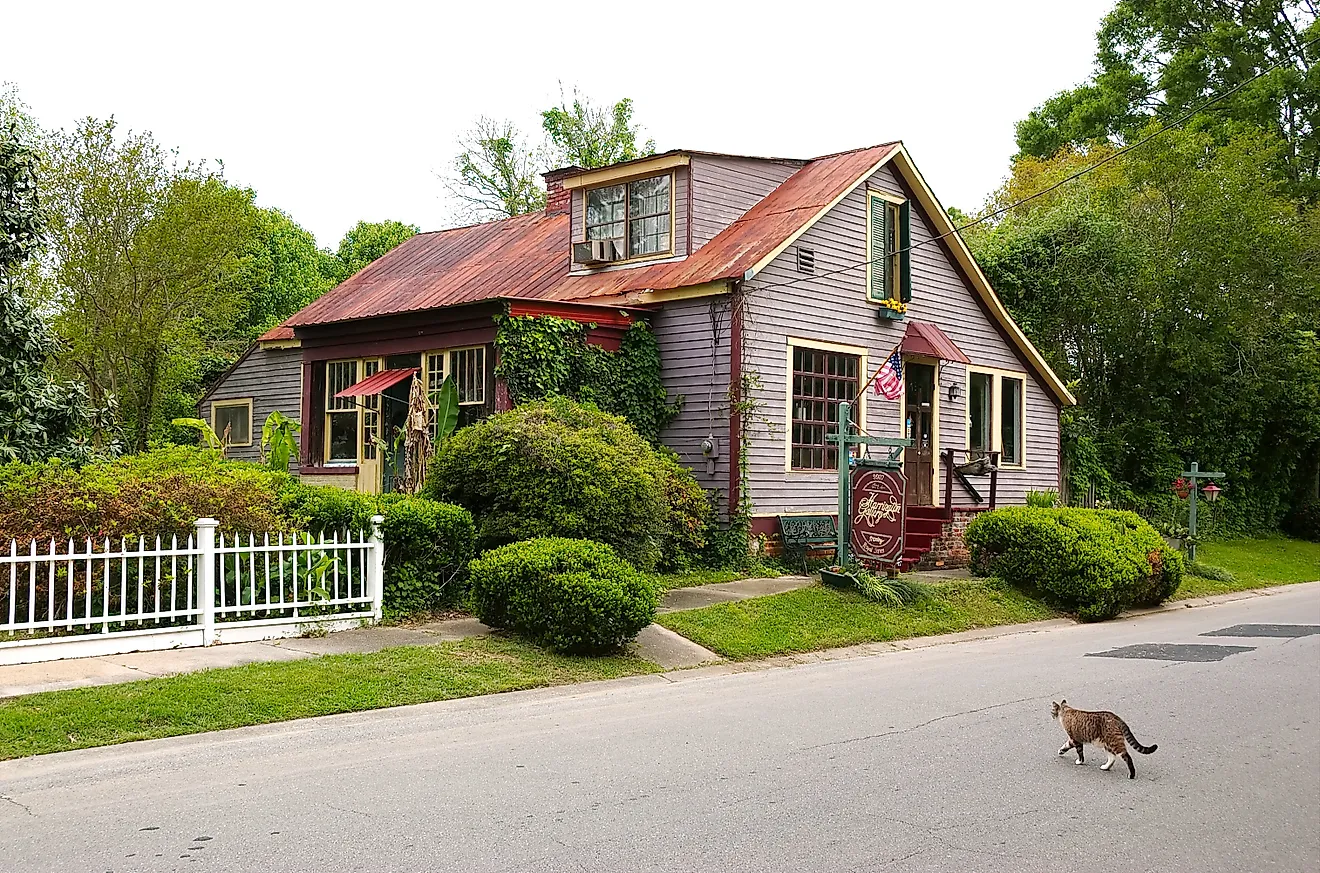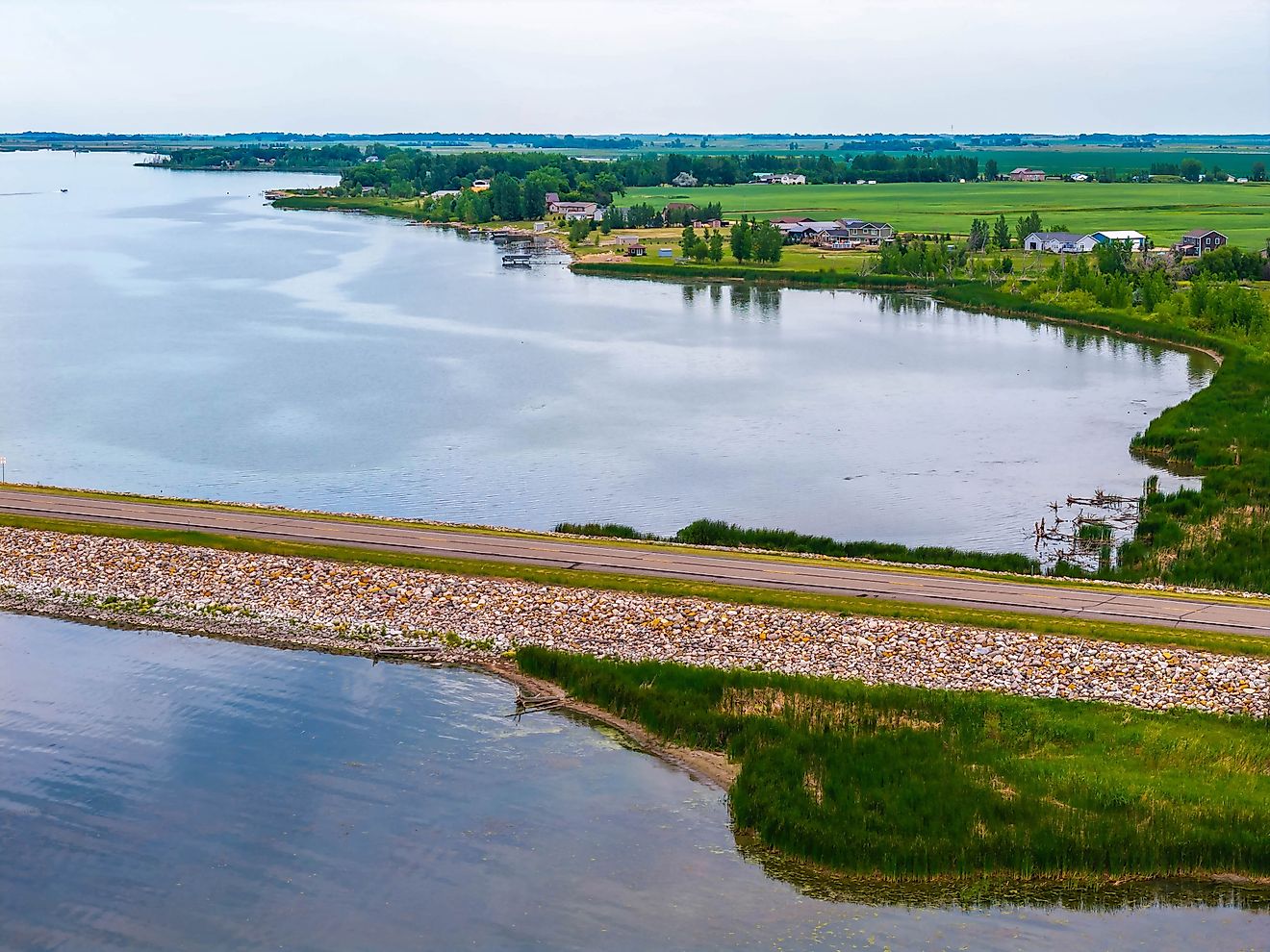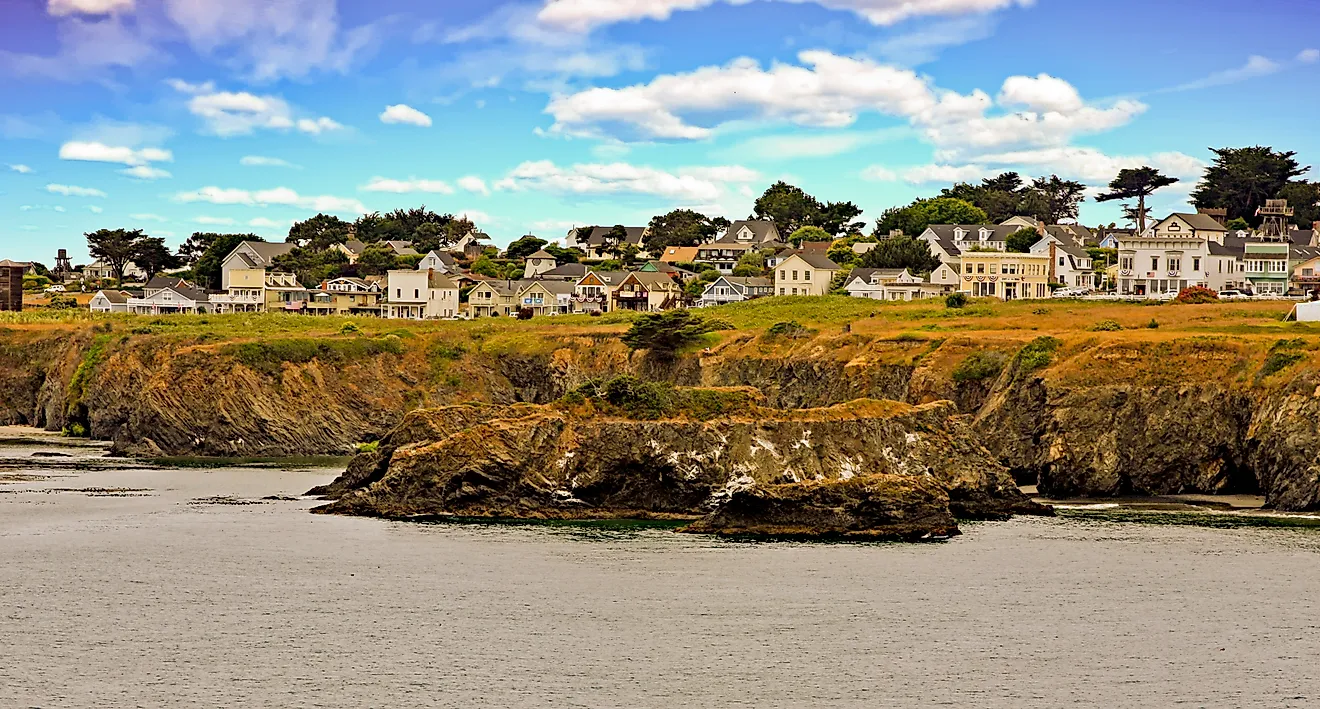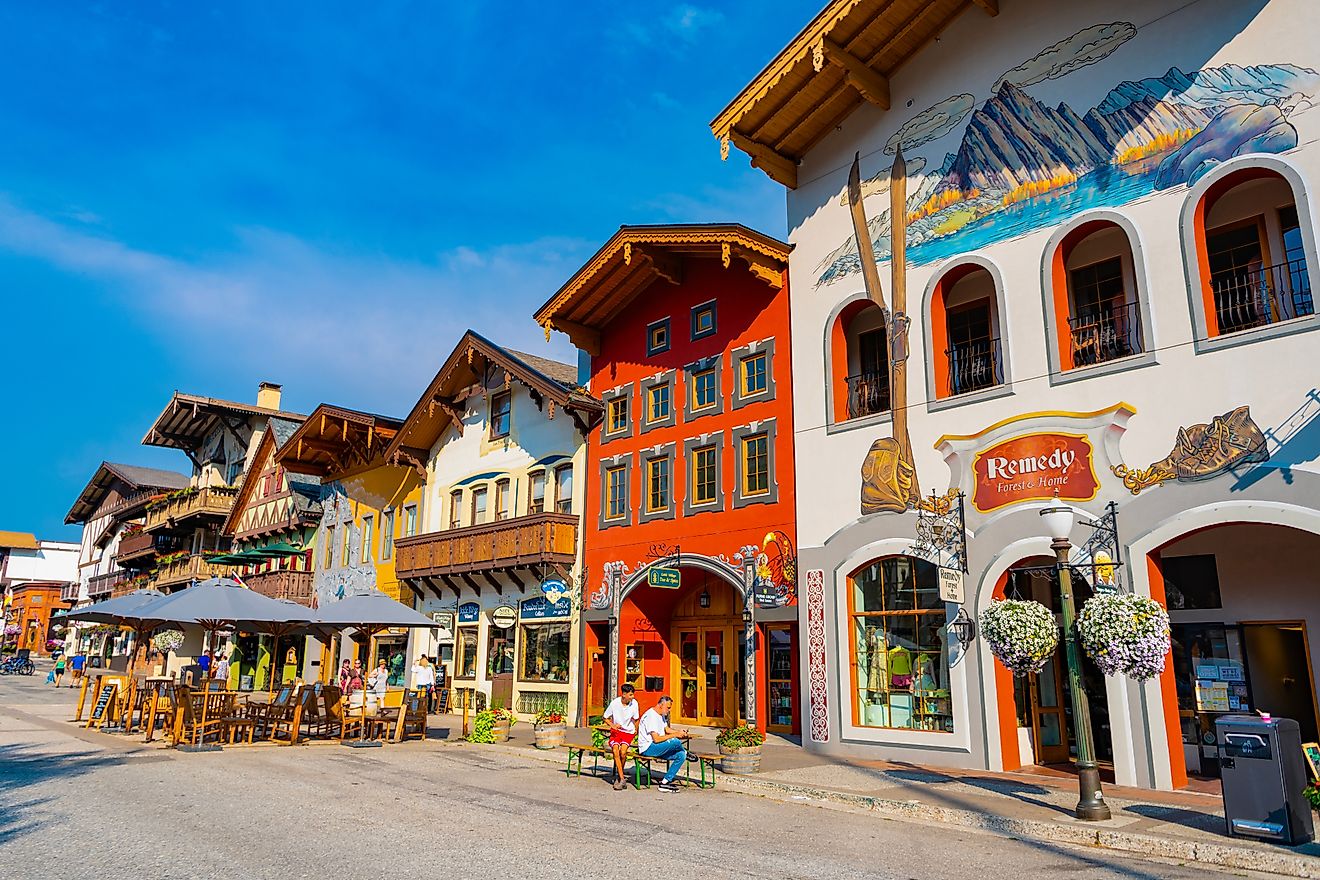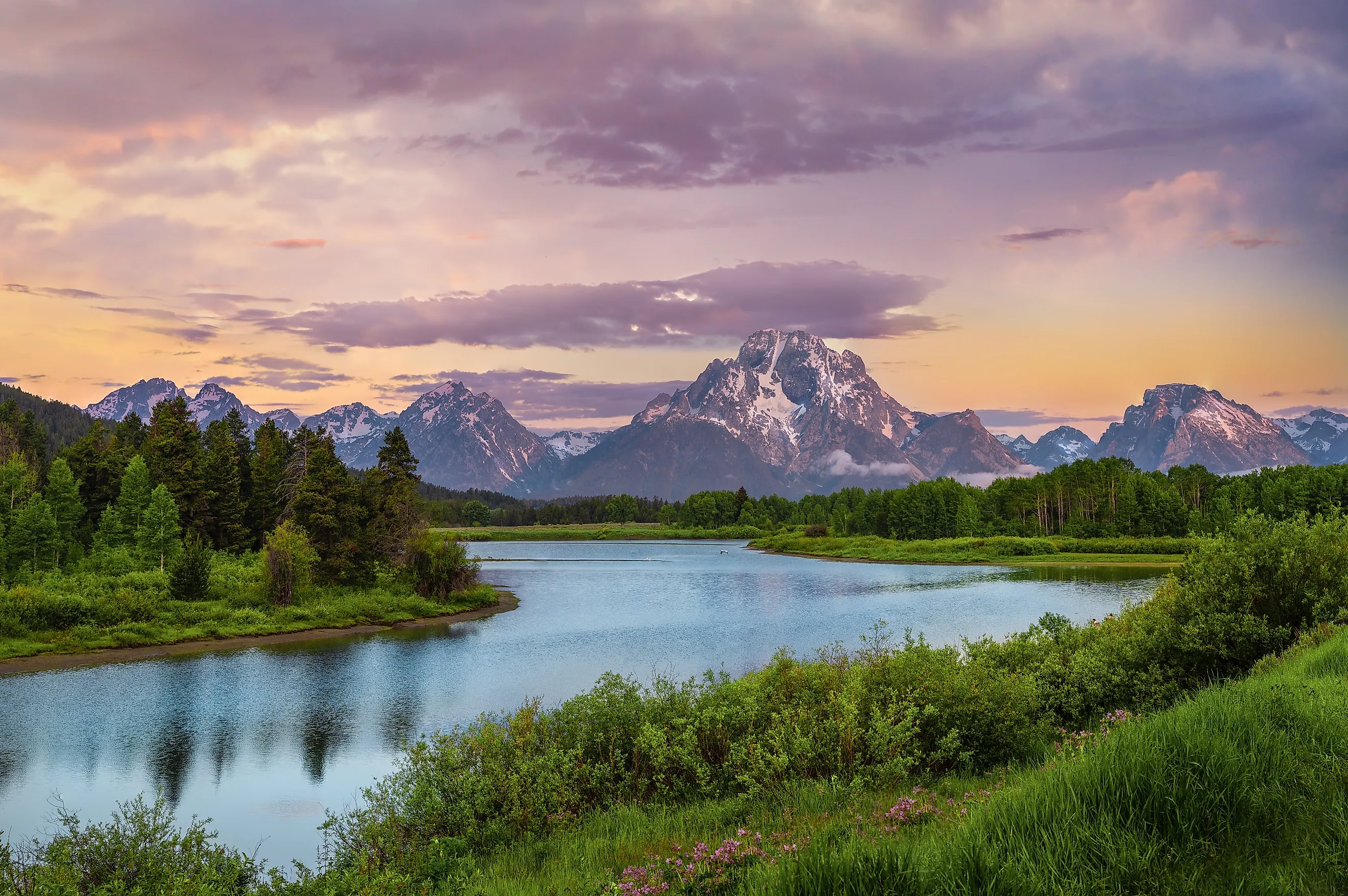
6 National & State Parks In Wyoming You Have To Visit
Wyoming’s topography comprises several large basins and the ranges of the Rocky Mountains that border them. Wyoming has six physiographic regions: the Black Hills, the Great Plains, the Southern, Middle, and Northern Rocky Mountains, and the Wyoming Basin. While Wyoming’s economy is heavily influenced by mining and agriculture, it also has an important and growing tourist industry, serving millions of visitors to the state’s parks and historic sites. The state is home to two National Parks and twelve State Parks. These are the ones you have to visit.
Yellowstone National Park
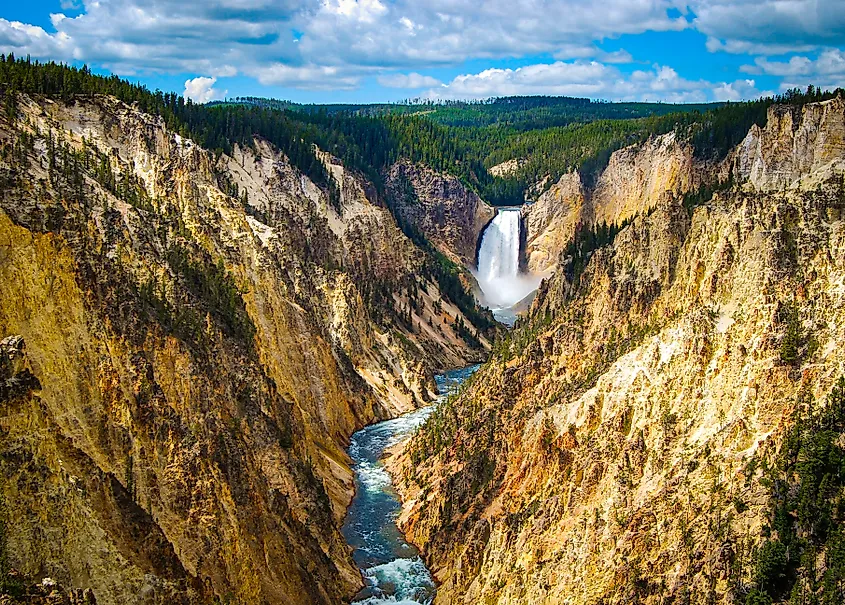
On March 1st, 1872, Yellowstone became the world's first National Park. Since then, visitors have enjoyed exploring the 2.2 million acres that the park comprises, and enjoyed opportunities to observe wildlife in their natural ecosystem, explore geothermal areas that contain about half the world’s active geysers, and view geologic wonders like the Grand Canyon of the Yellowstone River. Another must-see landmark is Grand Prismatic Spring, the park’s largest hot spring, known for its bright rings of orange, yellow, and deep blue. Visitors can also walk the easy Fairy Falls Trail, which includes an overlook offering one of the best views of the spring from above.
Yellowstone is open year-round; however, access and services are limited from early November to late April. Naturally, summer is the busiest, with more than half of all visitors frequenting the park between June and August. Spring and fall see fewer crowds but also colder weather and fewer available services. Winter offers snowy landscapes and steaming geysers, but access is limited and most facilities are closed.
Yellowstone National Park Lodges operates nine lodges, comprising hotel and cabin-style accommodations within the park, with more than 2,000 rooms. They also operate four campgrounds, one RV park, summer packages, and guided land, water, and horseback tours.
Grand Teton National Park
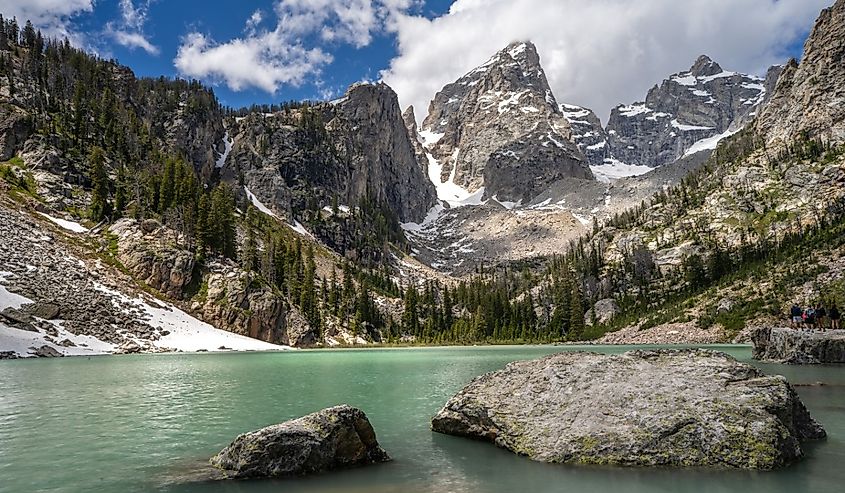
Grand Teton National Park is located north of Jackson and spans 310,000 acres of valley floors, alpine meadows, and lakes, and the towering 13,775-foot peaks of the Grand Teton Mountain Range. It is a popular location for outdoor enthusiasts due to the vast recreational opportunities, such as hiking, boating, rock climbing, wildlife tours, and fishing and rafting on the Snake River. One of the park’s most popular hikes is the Jenny Lake Loop, a scenic 7.1-mile trail that follows the shoreline with steady views of the Teton peaks. For climbers, the Grand Teton itself remains the park’s signature ascent, and guided climbs are available each summer for experienced mountaineers.
The ideal time to visit is between mid-May and September, when the roads are fully open and all visitor services are available. However, the park has just as much to offer winter enthusiasts, offering ample opportunities for skiing and snowshoeing. Numerous accommodations are available throughout the park, including cabins, lodges, cottages, and motel-style rooms. Jackson Hole Mountain Resort offers a range of accommodations, from rustic cabins in the woods to hotel suites with views of the Teton Range.
Buffalo Bill State Park
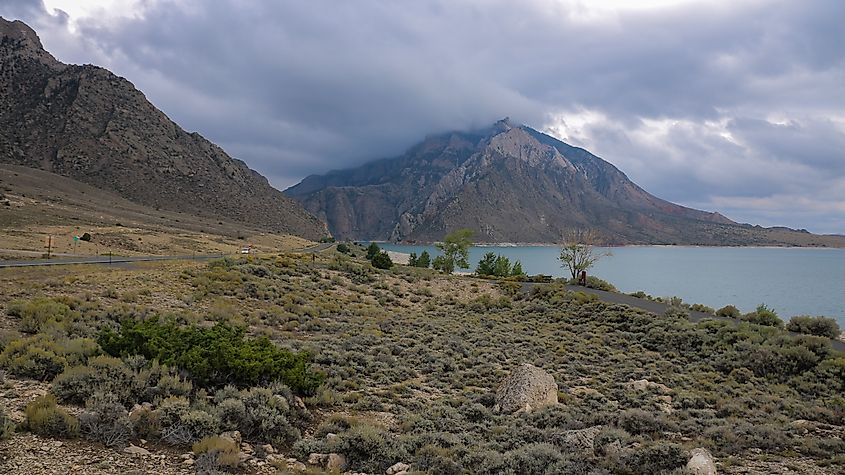
Buffalo Bill State Park was established in 1957 and provided recreational areas and facilities along the original shoreline of the Buffalo Bill Reservoir. The peaks of the Absaroka Mountains provide the backdrop for the park. The park is open year-round for camping and day use. Fishing is popular in the reservoir, with opportunities to catch trout, walleye, yellow perch, and smallmouth bass. Shoreline access and boat ramps are available. Hikers can explore the popular Hayden Arch Bridge Trail, a scenic out-and-back path that follows the Shoshone River through a narrow canyon and leads to striking views beneath the historic 1920s steel arch bridge.
There are two campgrounds in the park: North Shore Bay Campground, which has 37 sites, including 29 pull-through sites, three back-in sites, and five designated tent-only sites; and North Fork Campground, which has nearly 100 sites. Both campsites have tables and grills and are within range of water hydrants and restrooms.
Sinks Canyon State Park
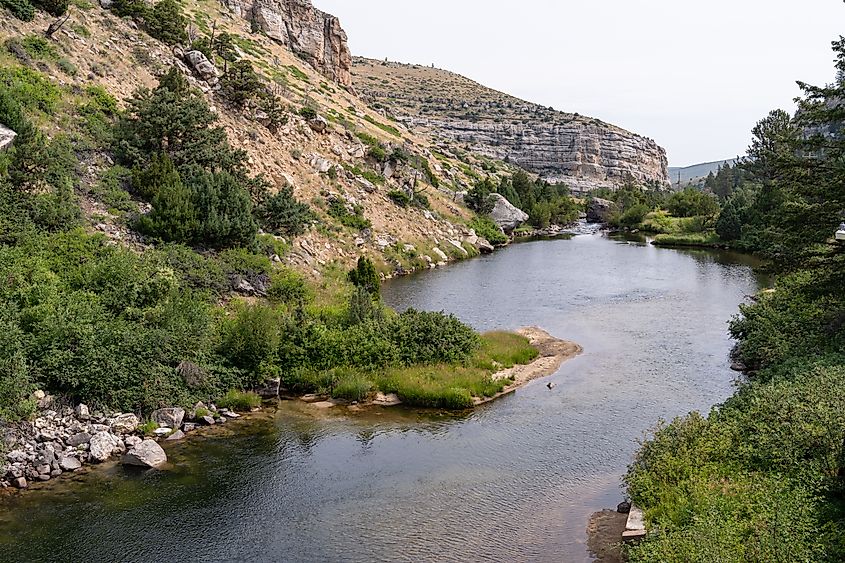
Sinks Canyon State Park is a 600-acre park situated in west-central Wyoming, south of Lander. The park is situated in the Wind River Mountains on the middle fork of the Popo Agie River. It is named after the distinct geologic phenomenon in which the Popo Agie River disappears into a limestone cavern and reappears a quarter mile downstream in a placid pool. The park offers a range of outdoor activities, including photography, camping, fishing, hiking, rock climbing, and mountain biking trails. Visitors can also explore the park’s climbing walls near the dolomite cliffs, a favorite spot for both beginners and experienced climbers during the summer.
Sinks Canyon Campground has 14 sites, which are available on a first-come, first-served basis between June and July when the park is busiest. The hike to Popo Agie Falls is the most popular hike in the park. The trailhead is located at Bruce’s Parking Lot, and the length of the hike itself is 1.5 miles, leading up to the large cascading waterfall.
Hot Springs State Park
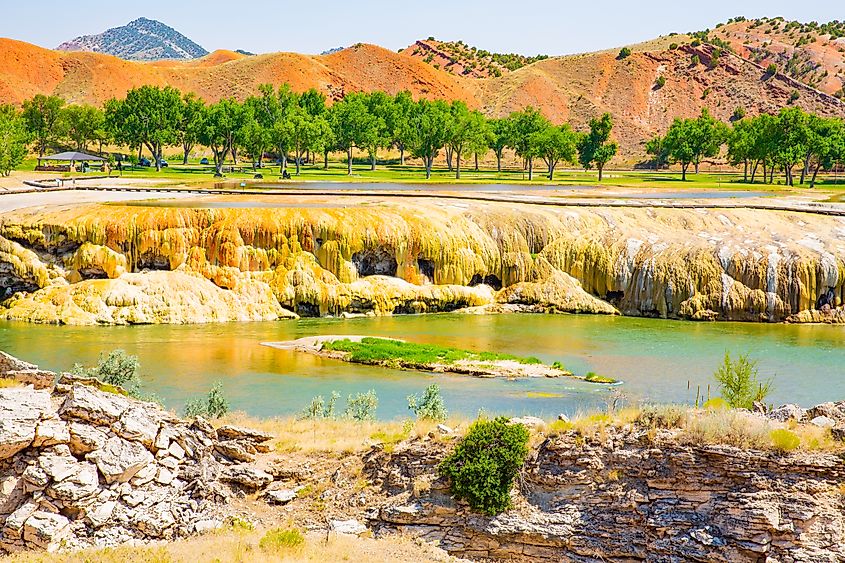
Hot Springs State Park is known for its colorful terraces along the Big Horn River. Over 1.8 million gallons of water from mineral hot springs flow over the terrace every 24 hours at a constant temperature of 128 degrees Fahrenheit. Hot Springs State Park is a day-use park with no overnight camping. However, the park has a free bathhouse where the water is maintained at 104 degrees for therapeutic bathing. It is open year-round, although the bathhouse is closed on Thanksgiving and Christmas Day only. The park boasts 6.2 miles of trails, as well as opportunities for fishing, boating, and wildlife viewing.
The central herd of Bison for Wyoming State Parks calls Hot Springs State Park home. Off-season visitors in late fall and early winter can view the feeding of the bison from the safety of their car. For a scenic walk, the Swinging Bridge offers a great overlook of the terraces and the Bighorn River, making it one of the park’s most photographed spots.
Keyhole State Park
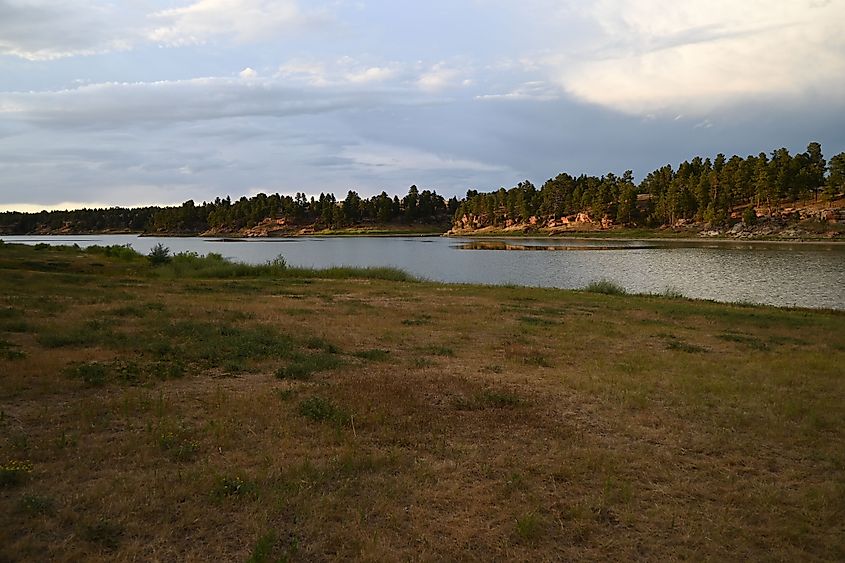
Keyhole State Park is located on the western edge of the Black Hills, between Sundance and Moorcroft. It is situated around the Keyhole Reservoir, which has approximately 14,720 acres of recreational water opportunities. The park is open year-round, with swimming, hiking, boating, water skiing, bird-watching, and fishing popular in the summer, and some of the state’s best ice fishing in the winter.
Keyhole State Park has 10 campgrounds, all of which are reservation-only between May 15th and September 15th. Outside of this time period, campsites are available on a first-come, first-served basis. Annual events are held within the park, including the July fireworks display, which celebrates Independence Day, and the 1st Day Hike held on the first day of the new year. Bird-watchers will also enjoy spotting bald eagles, ospreys, and great blue herons around the reservoir, especially during the early mornings.
Wyoming's National And State Parks
From steaming geysers to cascading waterfalls to towering peaks, there is something to be explored in all of Wyoming’s National and State Parks. Whether you want to stay in luxurious lodge-style accommodation in Jackson as a basecamp for exploring Grand Teton National Park, or set up a tent in Buffalo Bill State Park and immerse yourself in nature, Wyoming has something for every outdoor lover's preferences.

